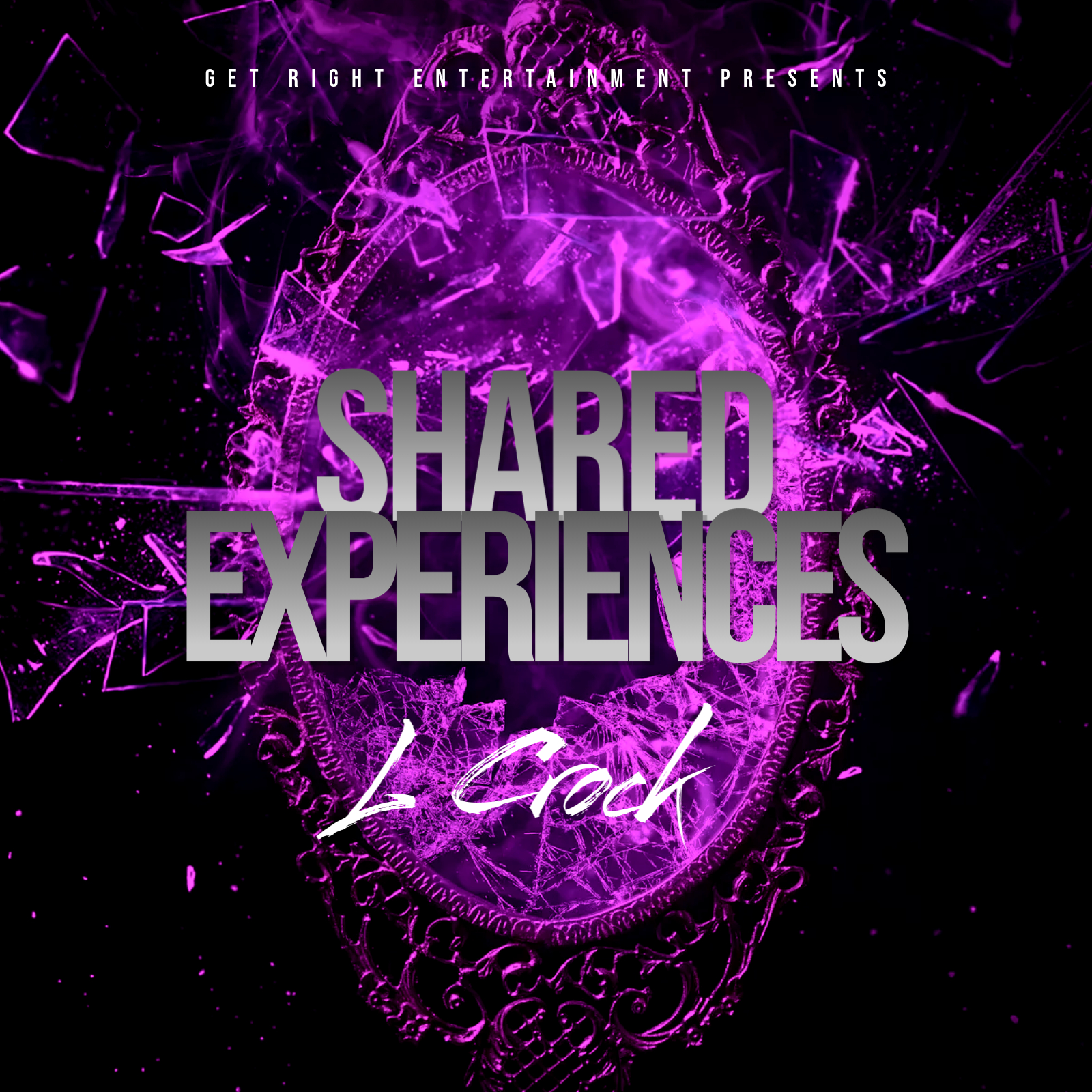Keeping your desktop files organized offers numerous advantages, both for the user and for the system. Systematically structured files in certain areas not only make it easier for users to find them but also maintain your hard disc running smoothly without overheating your system RAM. The music collection suffers the most from disorganized files on the average user’s computer. Whether you’re a professional musician or just an avid fan who enjoys listening to and discovering new music, your music library would be in terrible form.

Unless you have a lot of spare time on your hands, categorizing music files by artist/album/genre would require a lot of human effort. There are numerous methods for establishing a well-cataloged music library without having to search manually. A step-by-step guide to correctly arranging your music folder is provided below.
Reduce Duplicates
Duplicate files are the misery of contemporary computing, turning your storage space into a quagmire. The same is true for a regular music library, which might be clogged with duplicates. Before continuing, the first step in cleaning your music library is to discover and remove all such copycat files. Manual search is surely not the way to go and it is always best to utilize a duplicate song elimination program. You should also think about cleansing your Macbook to free up space. You can find instructions on how to do so here.
Tag Your Music
Although you will seldom need this if you buy music online, adding information (title, artist, album, year of production, album artwork, etc.) allows you to easily organize your music. There could be multiple unidentified music files in your system that lack this critical information. The best way to accomplish this is to use the built-in tagging feature of the Windows media player, which searches the web for appropriate metadata and adds it to the relevant files. You might also try Media Monkey, which searches a larger database for pertinent information for your music files and allows you to create CD image files for albums or a customized playlist.
Organize The Folders
The simplest approach to accomplish this is to use the iTunes software’s arrange library feature. Check that all of your music files are in a single folder, with or without their respective subfolders. Go to iTunes settings and select the ‘Advanced’ option to add your music collection to the iTunes library. There, you can choose where you want to transfer songs into your iTunes library. After you’ve chosen a place, check the ‘Keep iTunes Media Folder Organized’ box and click OK. This would automatically organize all of the files into folders depending on their artist and album tags. You may also backup all of your music by checking the ‘Copy files to iTunes Media Library’ box in the Advanced Preferences.
Create Playlists
It may not be obvious to everyone, but building playlists from your music library can provide various benefits. Most music players on your system can build playlist files that can be linked with other media players that are installed. This prevents you from copying your audio files to other places and keeps your music folder intact. A playlist file contains simply the locations of certain songs and can be shared across several media players. Playlists not only save time, but they are also an excellent method to keep your hard disc from being cluttered.
Create A BackUp
This may not seem relevant to anyone, but it is critical for maintaining your collection of music and preventing data loss. Keeping unstructured copies of your music files in several locations can help you save your collection; you can do the same with iTunes. The ‘Copy files to iTunes Media Library’ option, as previously stated, will make a copy of your whole collection in a separate place, leaving your original library unchanged. You might even back up your library to a cloud server so that you can recover it even if your system loses all of its data by mistake.
While this 5-step method may take some time, it is still preferable to manually enter data and place files into their respective folders. A well-organized music collection with songs classified and tagged by title/artist/album/genre can save you time searching for your favorite tracks. So, instead of letting a messed-up music library ruin your party, use these simple methods to create a great-looking music collection.
Do you know any other tips that could help? Please share them in the comments section below.

